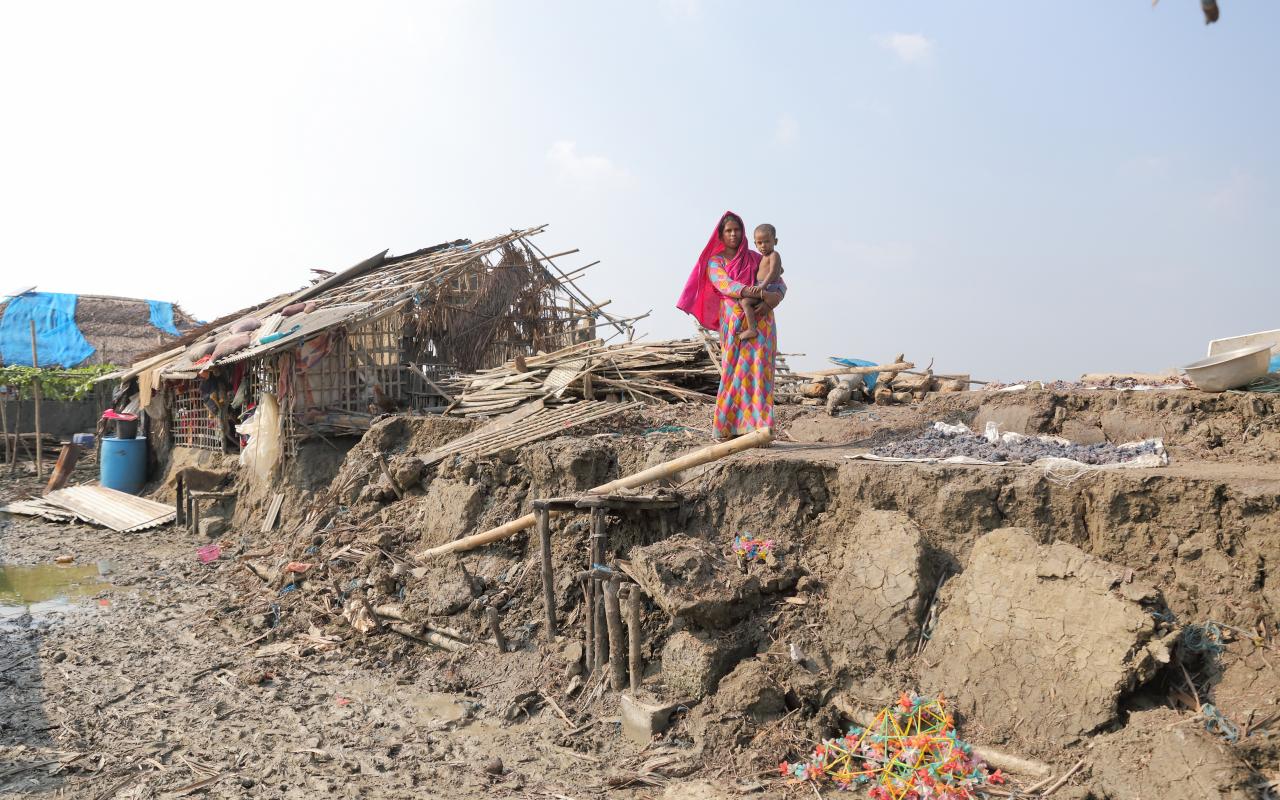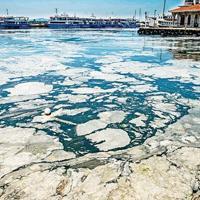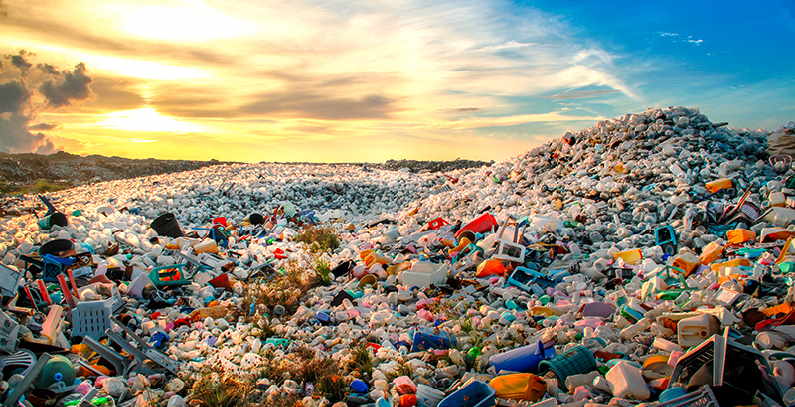5 natural disasters that beg for climate action
Climate hazards are natural events in weather cycles. We’ve always had hurricanes, droughts and wildfires, flooding and high winds. However, we are currently witnessing a scale of destruction and devastation that is new and terrifying.
The last year alone has seen a series of devastating climate disasters in various parts of the world such as Cyclone Idai, deadly heatwaves in India, Pakistan, and Europe, and flooding in south-east Asia. From Mozambique to Bangladesh millions of people have already lost their homes, livelihoods, and loved ones as a result of more dangerous and more frequent extreme weather events.
Why are the weather events so severe?
Simply put, changes in the global climate exacerbate climate hazards and amplify the risk of extreme weather disasters. Increases of air and water temperatures lead to rising sea levels, supercharged storms and higher wind speeds, more intense and prolonged droughts and wildfire seasons, heavier precipitation and flooding. The evidence is overwhelming and the results devastating:
- The number of climate-related disasters has tripled in the last 30 years.
- Between 2006 and 2016, the rate of global sea-level rise was 2.5 times faster than it was for almost all of the 20th century.
- More than 20 million people a year are forced from their homes by climate change.
- The United Nations Environment Programme estimates that adapting to climate change and coping with damages will cost developing countries $140-300 billion per year by 2030.
A growing trend of more destructive climate disasters
Cyclones Idai and Kenneth
In March 2019, Cyclone Idai took the lives of more than 1000 people across Zimbabwe, Malawi and Mozambique in Southern Africa, and it devastated millions more who were left destitute without food or basic services. Lethal landslides took homes and destroyed land, crops and infrastructure. Cyclone Kenneth arrived just six weeks later, sweeping through northern Mozambique, hitting areas where no tropical cyclone has been observed since the satellite era. (Photo: Tommy Trenchard/Oxfam)
Australian wildfires
The start of 2020 found Australia in the midst of its worst-ever bushfire season – following on from its hottest year on record which had left soil and fuels exceptionally dry. The fires have burned through more than 10 million hectares, killed at least 28 people, razed entire communities to the ground, taken the homes of thousands of families, and left millions of people affected by a hazardous smoke haze. More than a billion native animals have been killed, and some species and ecosystems may never recover. (Photo: Oxfam)
East Africa drought
Higher sea temperatures, linked to climate change, have doubled the likelihood of drought in the Horn of Africa region. Severe droughts in 2011, 2017 and 2019 have repeatedly wiped out crops and livestock. Droughts have left 15 million people in Ethiopia, Kenya and Somalia in need of aid, yet the aid effort is only 35 percent funded. People have been left without the means to put food on their table, and have been forced from their homes. Millions of people are facing acute food and water shortages. (Photo: Pablo Tosco/Oxfam)
South Asia floods
Over the last year deadly floods and landslides have forced 12 million people from their homes in India, Nepal and Bangladesh. Just 2 years ago exceptionally heavy monsoon rains and intense flooding destroyed, killed, and devastated lives in the same countries. In some places the flooding was the worst for nearly 30 years, a third of Bangladesh was underwater. While some flooding is expected during monsoon season, scientists say the region’s monsoon rains are being intensified by rising sea surface temperatures in South Asia. (Photo: Fabeha Monir/Oxfam)
Dry Corridor in Central America
An El Niño period, supercharged by the climate crisis, has taken Central America’s Dry Corridor into its 6th year of drought. Guatemala, Honduras, El Salvador and Nicaragua are seeing their typical three-month dry seasons extended to six months or more. Most crops have failed, leaving 3.5 million people, many of whom rely on farming for both food and livelihood, in need of humanitarian assistance, and 2.5 million people food insecure. (Photo: Pablo Tosco/Oxfam)
The disproportionate impact on the world’s poorest people
Extreme weather disasters affect all countries, rich and poor. But as we face a future with enhanced risks, it is critical to face the reality of those who bear the burden of our changing climate. For Oxfam, this is an issue of justice: those living in poverty are the hardest hit by climate change despite being the least responsible for the crisis.Climate change is forcing people from their homes, bringing poverty on top of poverty and increasing hunger. People in poorer countries are at least four times more likely to be displaced by extreme weather than people in rich countries.
The world faces a race against time to reduce emissions and help the most vulnerable cope with climate impacts that are already being faced today and will escalate in the years ahead. It’s time to act now.











